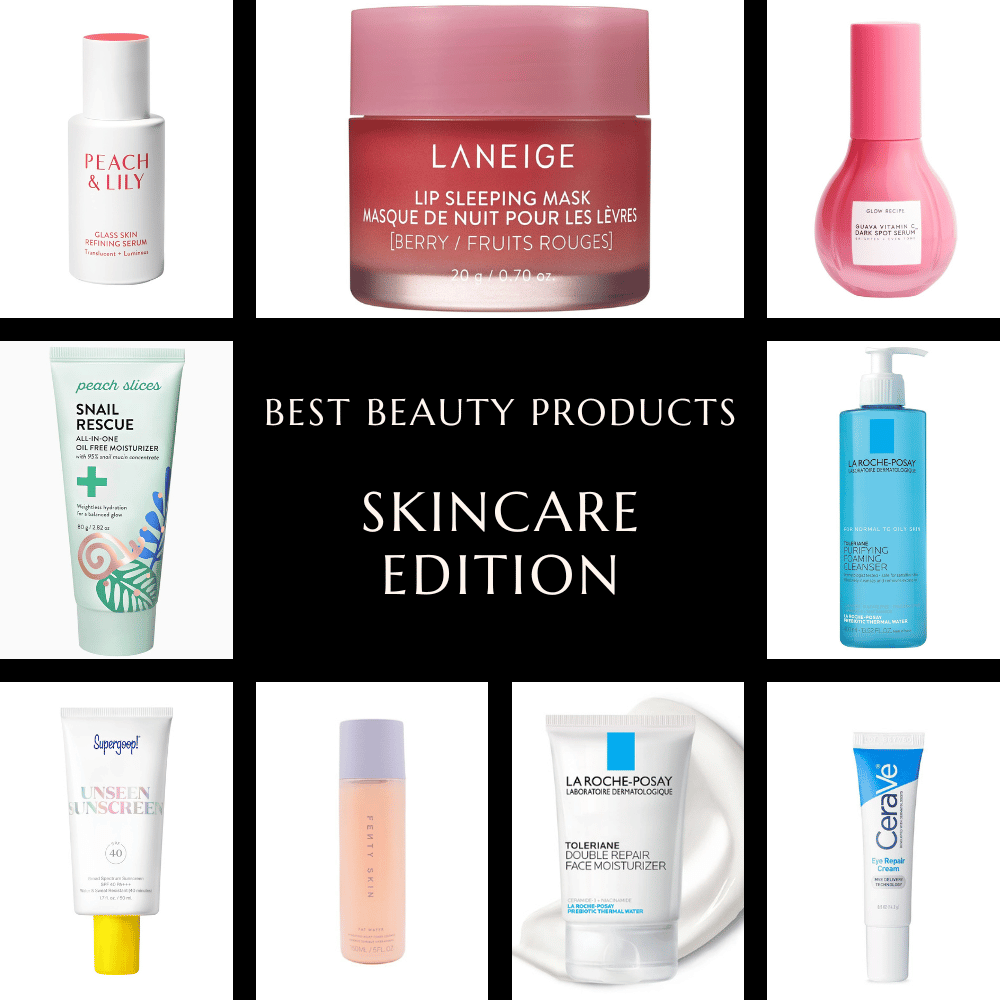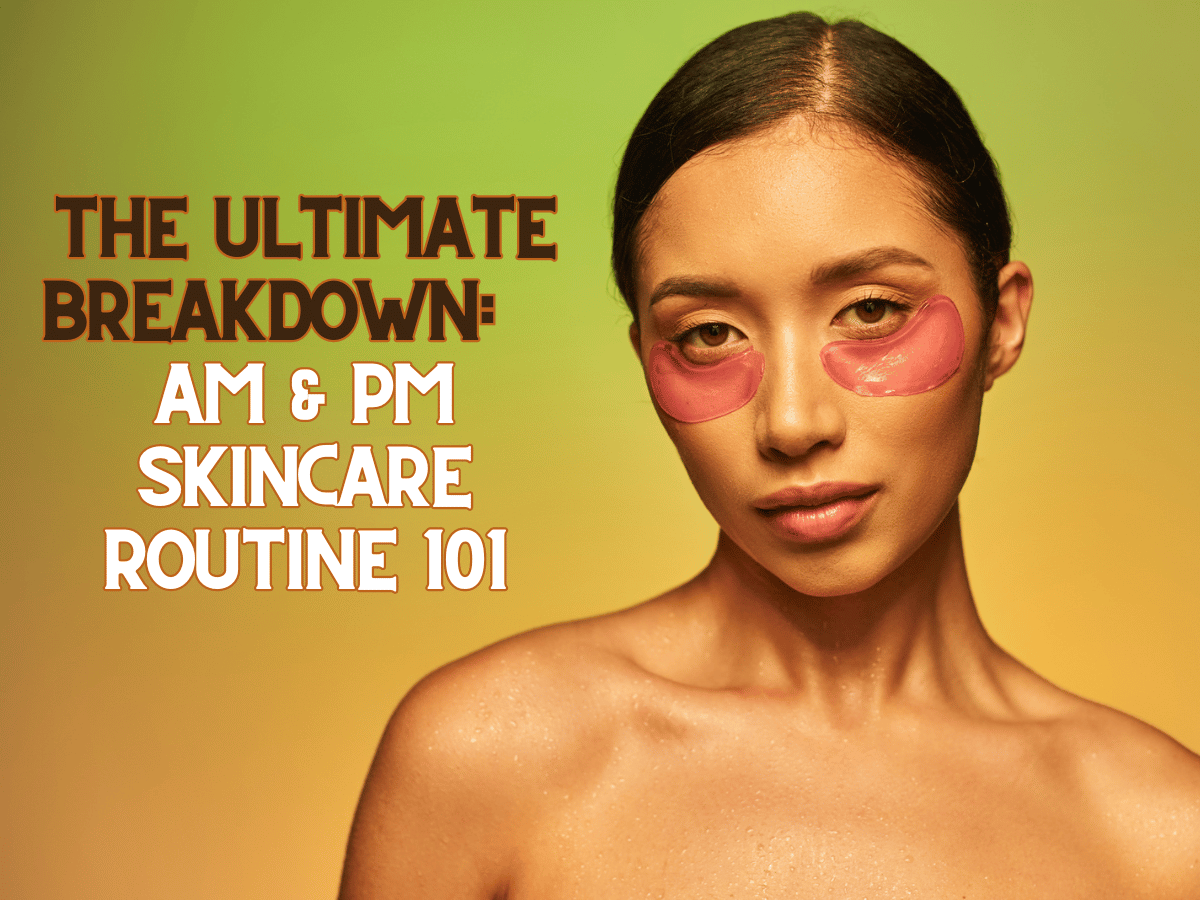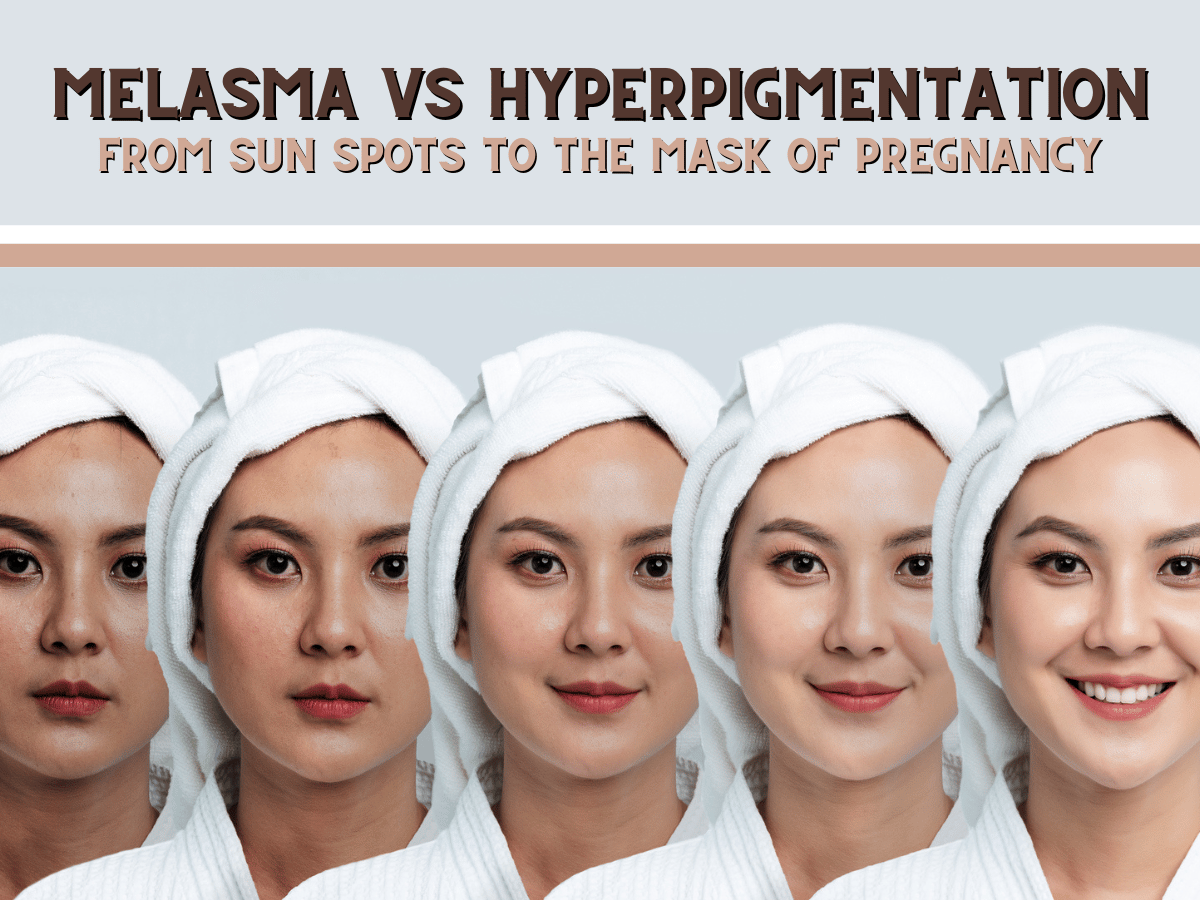What Is Snail Mucin And Why Is Everyone Obsessed With It?
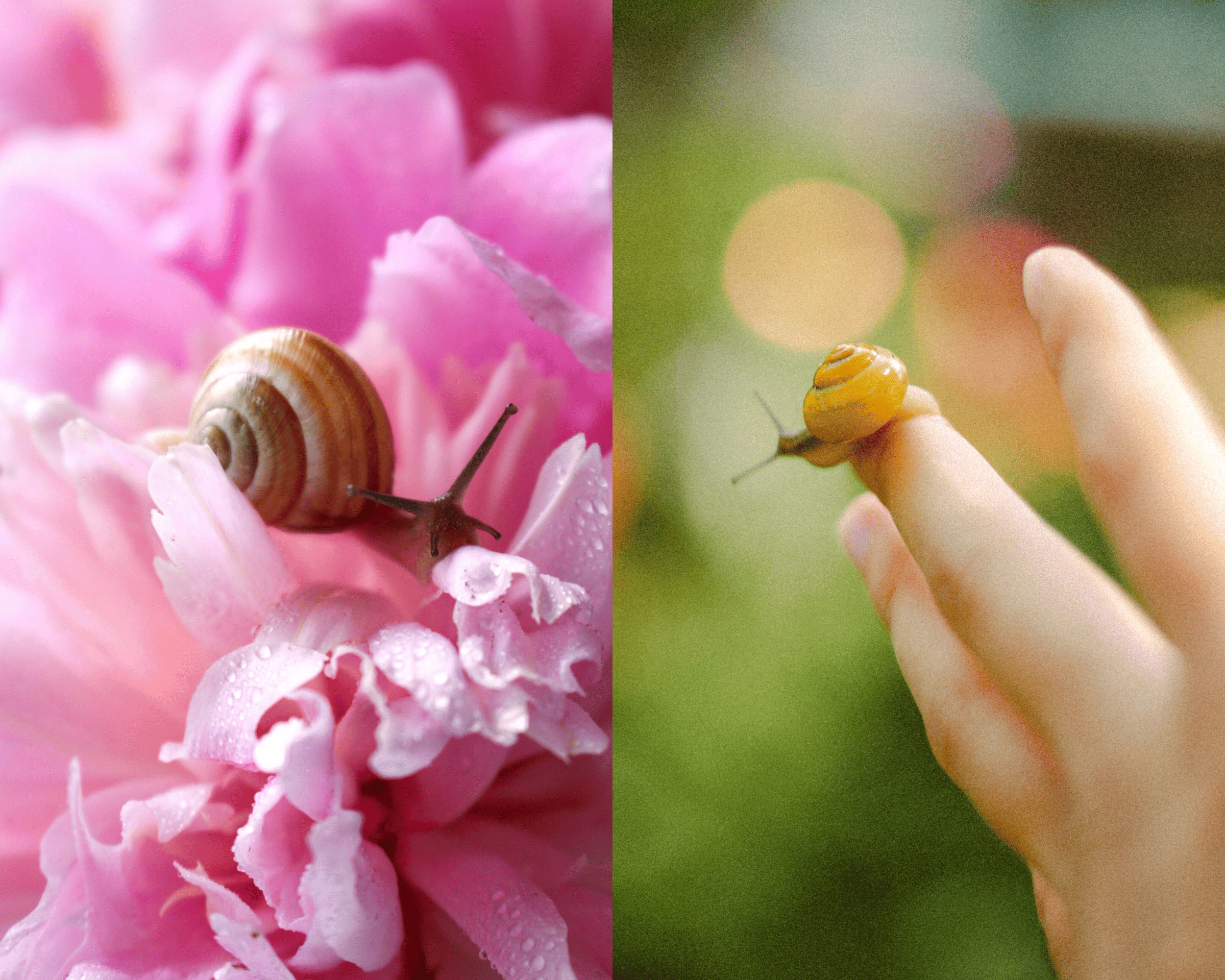
You've started your journey into skincare and have a small routine set.
You've done your research and gotten a basic understanding of all the main ingredients when you've stumbled across a new K-Beauty line of products with a peculiar ingredient: snail mucin.
From its hydrating to skin-healing to protecting nature, snail mucin is multifaceted for all things skin.
So let's see what it is and what it does. In this blog post, we will walk you through it all, from its origin story to what it can do for you. Happy reading!
What Actually Is Snail Mucin?
Snail mucin, snail mucus, or “snail secretion filtrate” (SSF), has become a popular ingredient in skincare products thanks to its benefits in hydrating, soothing and anti-aging.
It is an enzymatic secretion produced by snails when moving or feeding and consists of substances that have the potential to diffuse into our skin cells and provide benefits such as anti-oxidant protection and cell regeneration.
Snail slime has been used in folk medicine for thousands of years, originated by the ancient Chileans. It's gentle enough to pair with most skincare products and provides noticeable results.
What Does Snail Mucin Do?
Snail mucin's restorative power comes from its high content of hyaluronic acid, copper peptides, glycolic acid, proteins, enzymes, and antioxidants that help reduces dryness on the skin while reducing acne scars, improving the elasticity, and firmness of your skin, evening out the skin tone, fine lines, and wrinkles.
This wound-healing serum helps fend off irritants and inflammation caused by environmental stressors like UV rays and dust.
To sum it up, snail mucin, hydrates, heals, repairs, promotes collagen production, and protects the skin barrier all the while leaving your skin free of any greasy, heavy, sticky residue.
Who Is Snail Mucin for?
Snail Mucin products are safe to use for all skin types, including sensitive skin, with it being especially useful to folks with dry skin due to its hydrating and skin-strengthening properties. It is considered safe even for sensitive and acne-prone skin, but if you're worried, do a patch test first.
What To Look For In A Snail Mucin Product?
According to Dr. King's advice in a Women's Health article, look for formulas that also have ingredients like antioxidants or retinol. You can even look for other ingredients like vitamin C, glycolic acid, and general hydrating ingredients based on the results you hope to see on your skin with this product.
Snail mucin comes in various forms from serums to creams so look around to see what's out there and perfect for you.
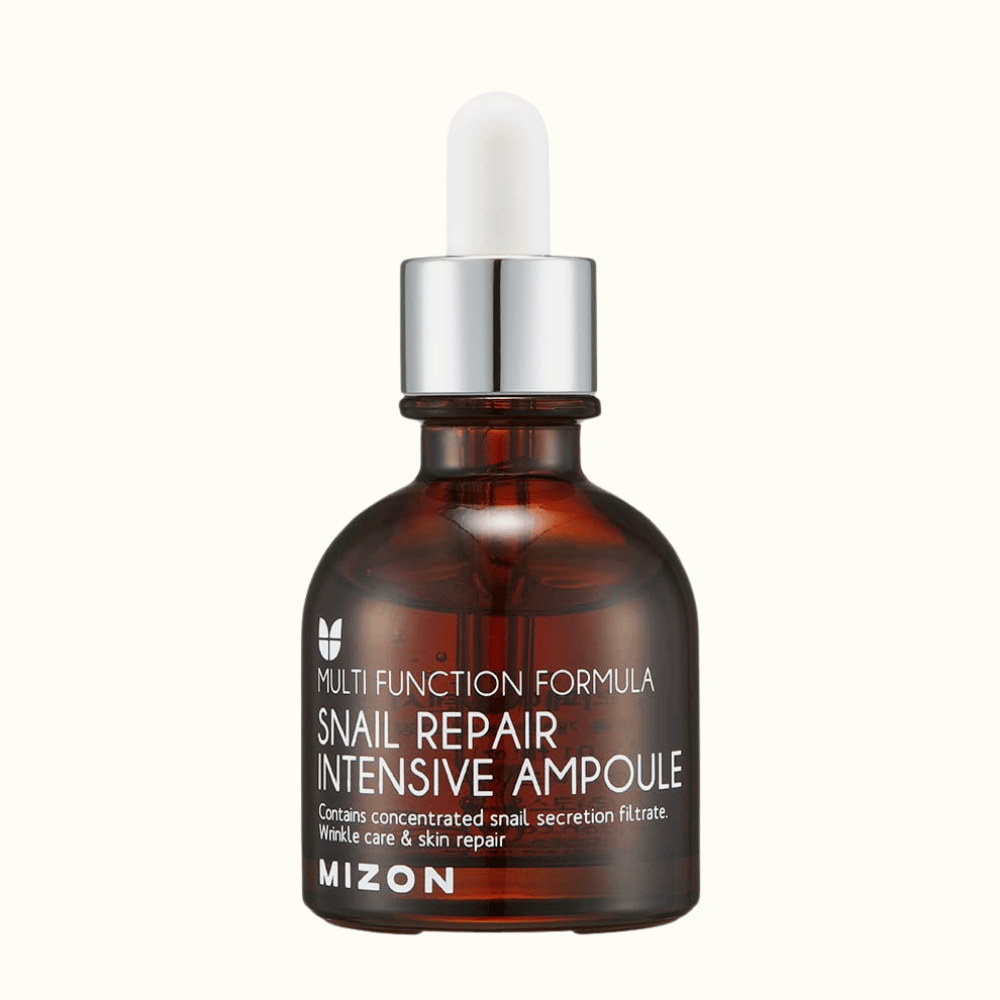
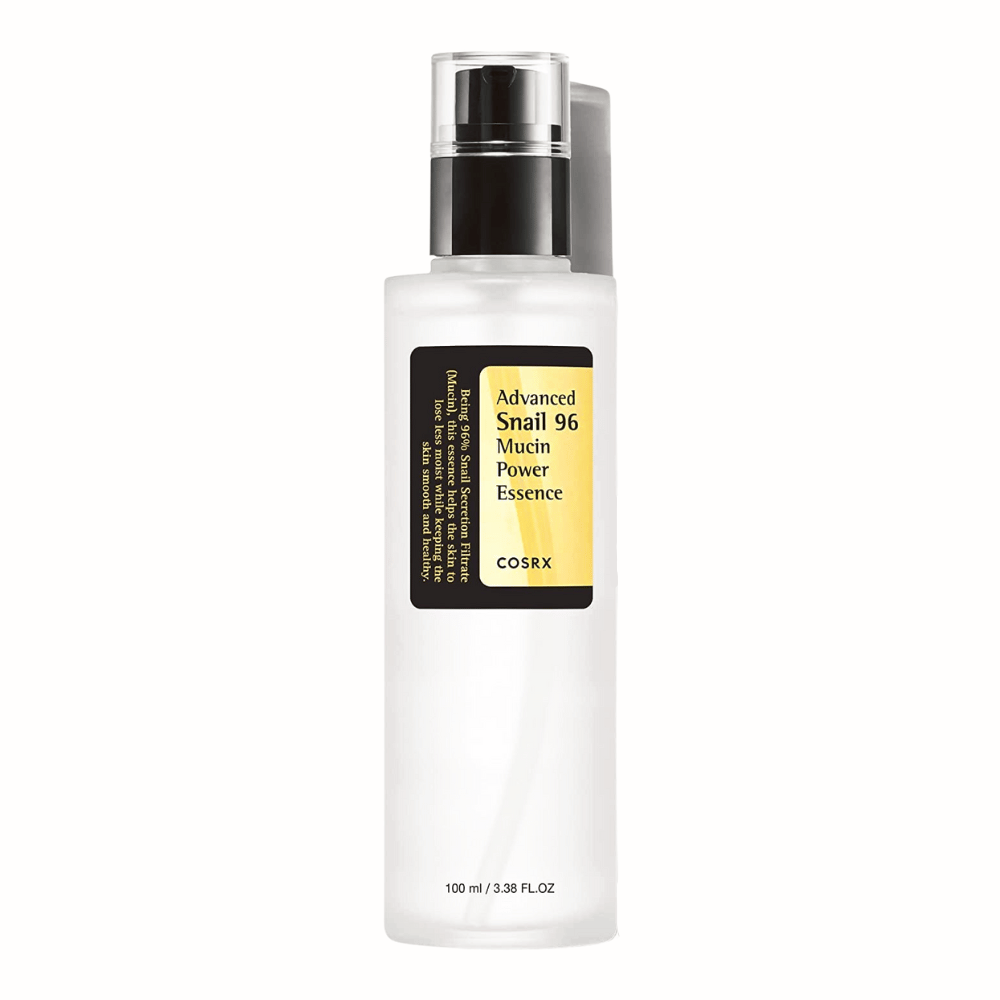
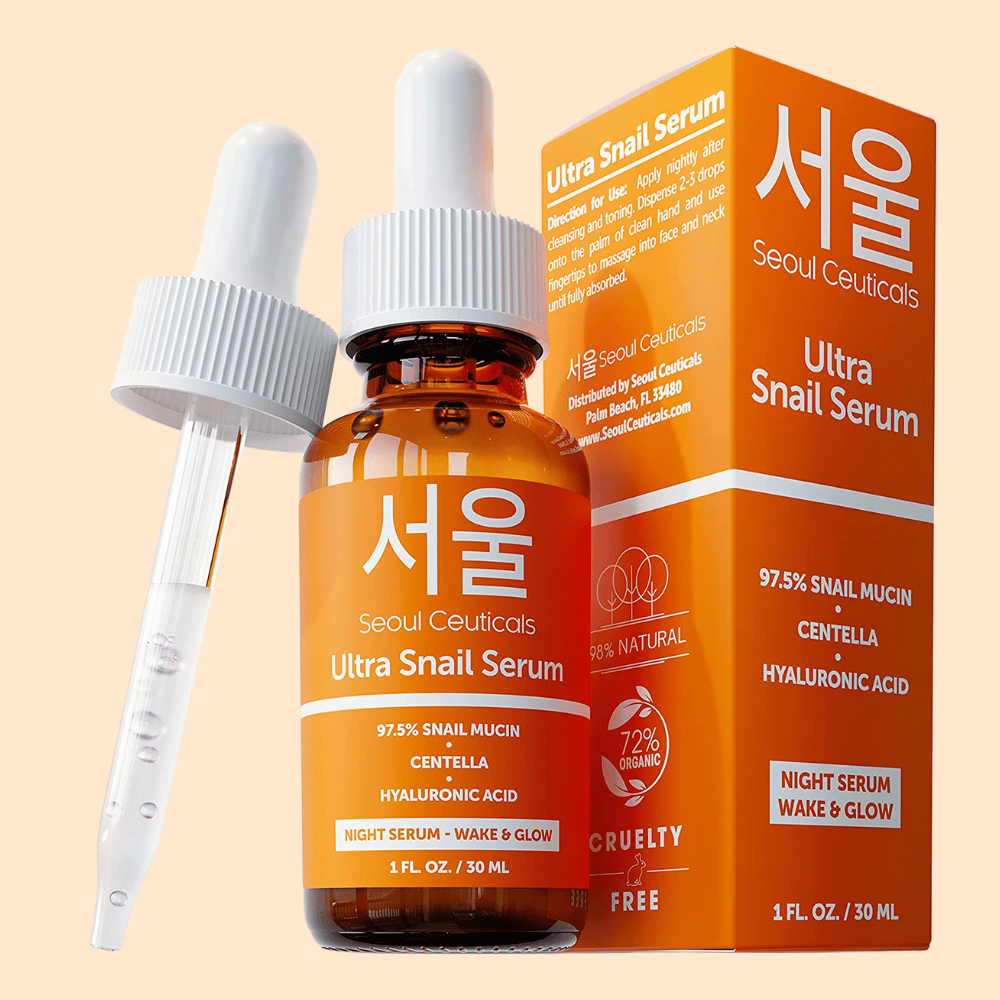
You can find some of our favorite snail serums here: Here's Best Snail Serum to Add to Your Routine - 6 Picks!
How is Snail Mucin Harvested?
While snail mucin-powered products are all the rage, the ethics of collecting snail mucin is what's causing people to hesitate to try it out.
While not all brands claim to be cruelty-free, there are still some great options that uphold that promise.
In this case, the process of getting snail excretion usually involves placing the snails in a dark and quiet room to create a stress-free envrionement.
The snails are free to crawl around the space, thereby, leaving their excretion behind.
The excretion is then collected and readied for use. The snails are then taken back to their normal habitat and allowed to regenerate. No pain. No stress.
FAQs
We've covered a lot of ground today in the search to understand what exactly snail mucin is but you may still have more specific questions and concerns.
So, here are some of the most asked questions about snail mucin and serums paired with our research and findings to help out!
Is it okay to use snail mucin everyday?
You can use snail mucin or snail mucin serum once or twice a day. For best results, apply it on clean skin as a part of your skincare routine.
What are the side effects of snail mucin?
There are no negative results noted, however, if you are concerned, try out a patch test before further use.
How long does snail serum take to work?
The amount of time it takes results to show can vary between products. Some products claim it takes just a few days while others say it can take months. In the end, consistency is key.
Can you mix snail serum with vitamin C?
Yes! Snail serums can serve as a great source of hydration while vitamin C is great for brightening the skin. When used together, you create a potent anti-aging skincare routine.
Which is better hyaluronic acid or snail mucin?
Both can provide intense hydration. Hyaluronic acid is an ingredient that is naturally produced by our bodies for hydrating and healing purposes. Snail mucin hydrates, heals, repairs, and protects the skin from external aggressors. Both are great to incorporate into a skincare routine. The bottom line is that it comes down to what skin concern you are targeting.
Does snail mucin clog pores?
Nope! Again, always patch test if concerned.
Conclusion: What Is Snail Mucin? Our Final Thoughts.
Trying a new skincare product can be a little nerve-wracking but it's safe to say that snail mucin skincare is the easiest to incorporate.
It's hydrating, healing, repairing, and protecting nature, accompanied by the fact that it doesn't have any obvious side effects, makes it an obvious yes for you!
We've even laid down the first stepping stone with our favorite snail serums that we know you will love. Be sure to check them out!
How We Curated Our List
There are many options on the market with many different ingredients. It can be overwhelming trying to figure out what product is best for you.
To help, we've taken the guesswork out of it for you and compiled a concise list of high-quality products that will fit both your budget and your needs.
Thanks for reading!
Next up for your skin-snail mucin serum!: Here's Best Snail Serum to Add to Your Routine - 6 Picks!
Like these stories? You will (probably) love our monthly newsletter.

